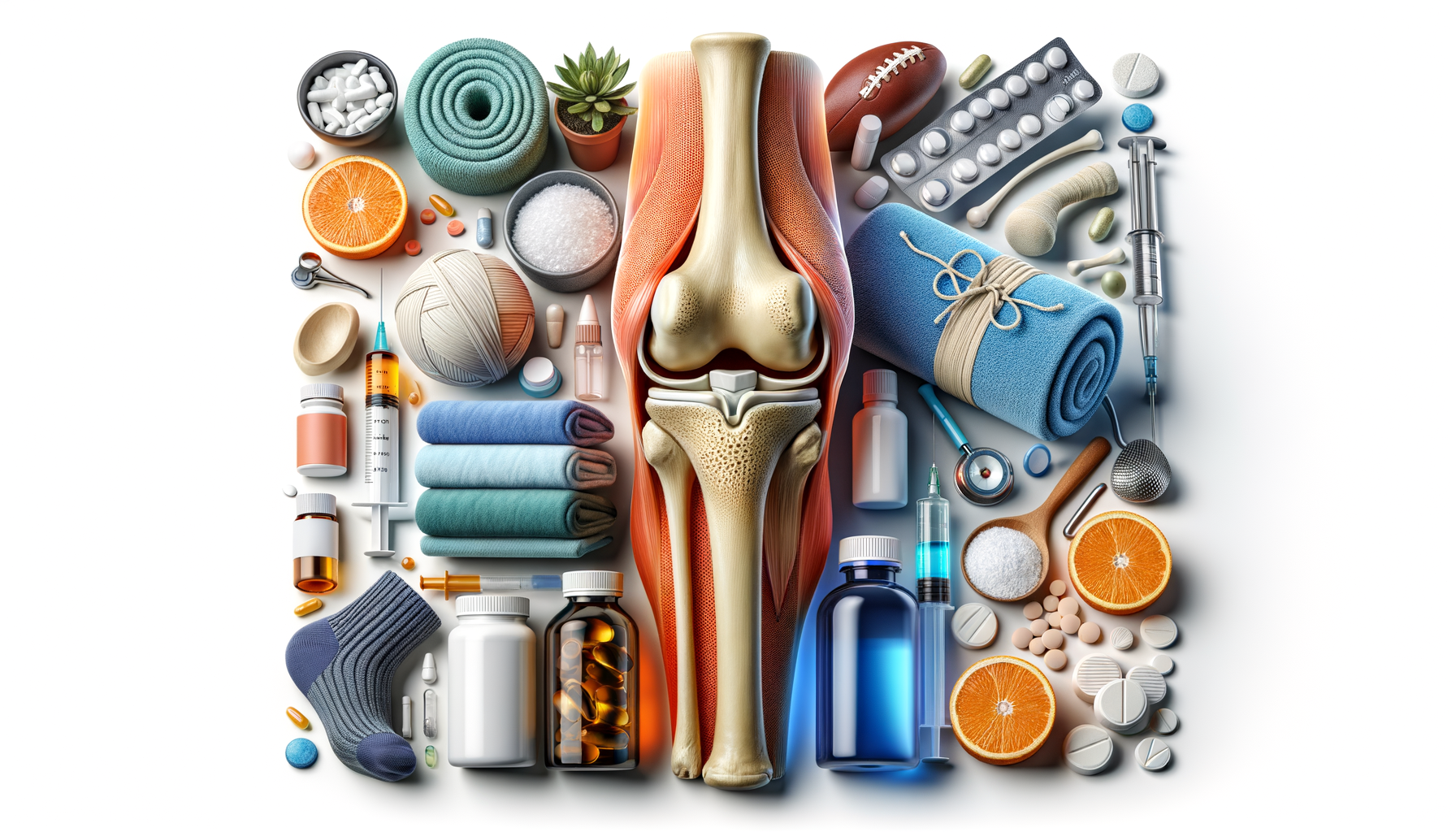
Accessible Joint Pain Relief Options in Germany
Understanding Joint Pain and Its Impact
Joint pain is a common ailment that affects millions of people worldwide, significantly impacting their quality of life. It can stem from a variety of causes, including arthritis, injuries, or overuse. The discomfort ranges from mild soreness to debilitating pain, making everyday tasks challenging. In Germany, joint pain is a prevalent issue, especially among the aging population. Understanding the root causes of joint pain is crucial for effective treatment. Common causes include:
- Osteoarthritis: A degenerative joint disease that causes cartilage breakdown.
- Rheumatoid Arthritis: An autoimmune disorder leading to joint inflammation.
- Injuries: Such as fractures or sprains affecting joint function.
- Gout: A type of arthritis caused by uric acid crystal buildup.
Joint pain can lead to decreased mobility, affecting one’s ability to perform daily activities. This, in turn, can lead to a sedentary lifestyle, contributing to other health issues such as obesity and cardiovascular diseases. Therefore, addressing joint pain promptly is essential for maintaining overall health and well-being.
Traditional and Modern Treatment Approaches
Germany offers a range of joint pain treatment options, blending traditional methods with modern medical advancements. Traditional treatments often include physical therapy, which focuses on strengthening the muscles around the joints to improve flexibility and reduce pain. In addition, medication such as nonsteroidal anti-inflammatory drugs (NSAIDs) and corticosteroids are commonly prescribed to manage inflammation and pain.
On the modern front, Germany is at the forefront of innovative treatments like biologic therapies, which target specific components of the immune system to reduce inflammation and halt disease progression. Another advanced treatment is hyaluronic acid injections, which aim to lubricate the joints and reduce pain. Moreover, surgical options such as joint replacement are available for severe cases, offering a new lease on life for many patients.
While these treatments are effective, they may not be suitable for everyone. Factors such as age, overall health, and the severity of joint pain play a significant role in determining the appropriate treatment. Therefore, it is crucial for individuals to consult with healthcare professionals to tailor a treatment plan that best suits their needs.
Exploring Alternative and Complementary Therapies
In addition to conventional treatments, many patients in Germany explore alternative and complementary therapies to manage joint pain. These therapies often focus on holistic approaches, aiming to treat the body and mind as a whole. Popular options include acupuncture, which involves inserting thin needles into specific points on the body to relieve pain and improve energy flow. Studies have shown that acupuncture can be effective in reducing joint pain and improving function.
Herbal supplements are another avenue that some individuals pursue. Supplements like turmeric, known for its anti-inflammatory properties, and glucosamine, believed to support joint health, are commonly used. However, it is essential to consult with a healthcare provider before starting any supplement regimen to avoid potential interactions with medications.
Yoga and tai chi are also gaining popularity as complementary therapies for joint pain relief. These practices emphasize gentle movements, stretching, and mindfulness, which can enhance flexibility, reduce stress, and improve overall well-being. By incorporating these alternative therapies into their treatment plans, many individuals find a more comprehensive approach to managing joint pain, enhancing their quality of life.


